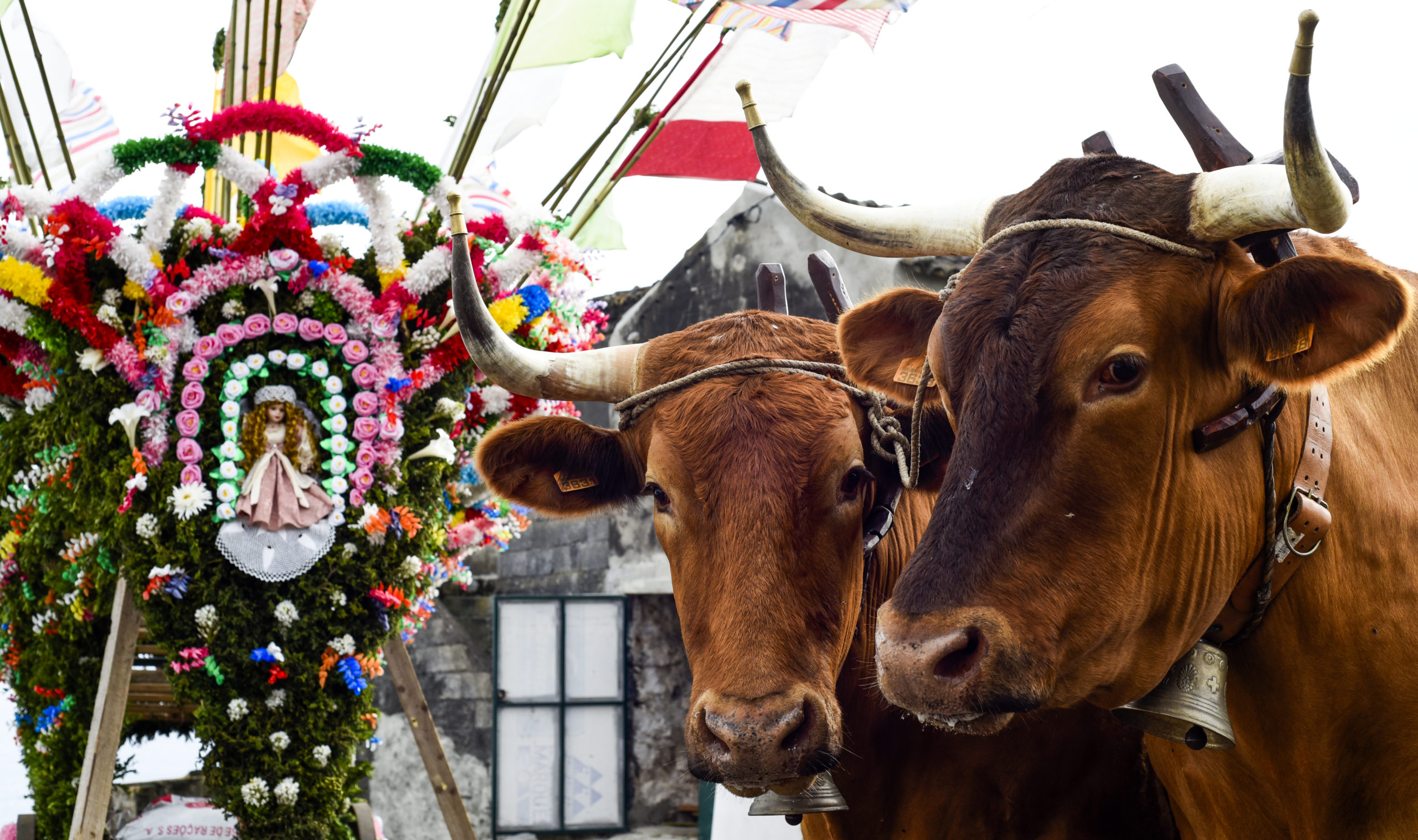
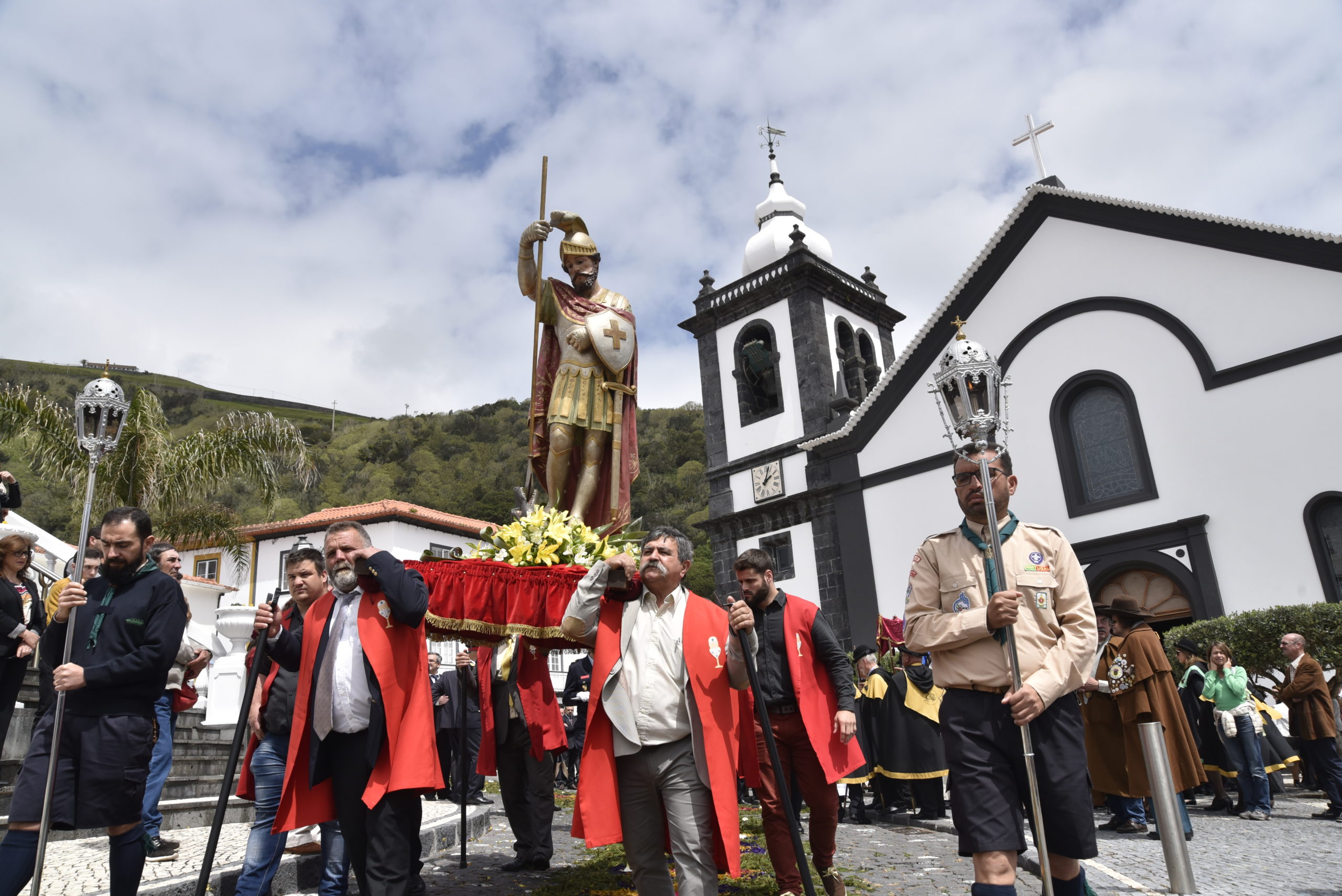
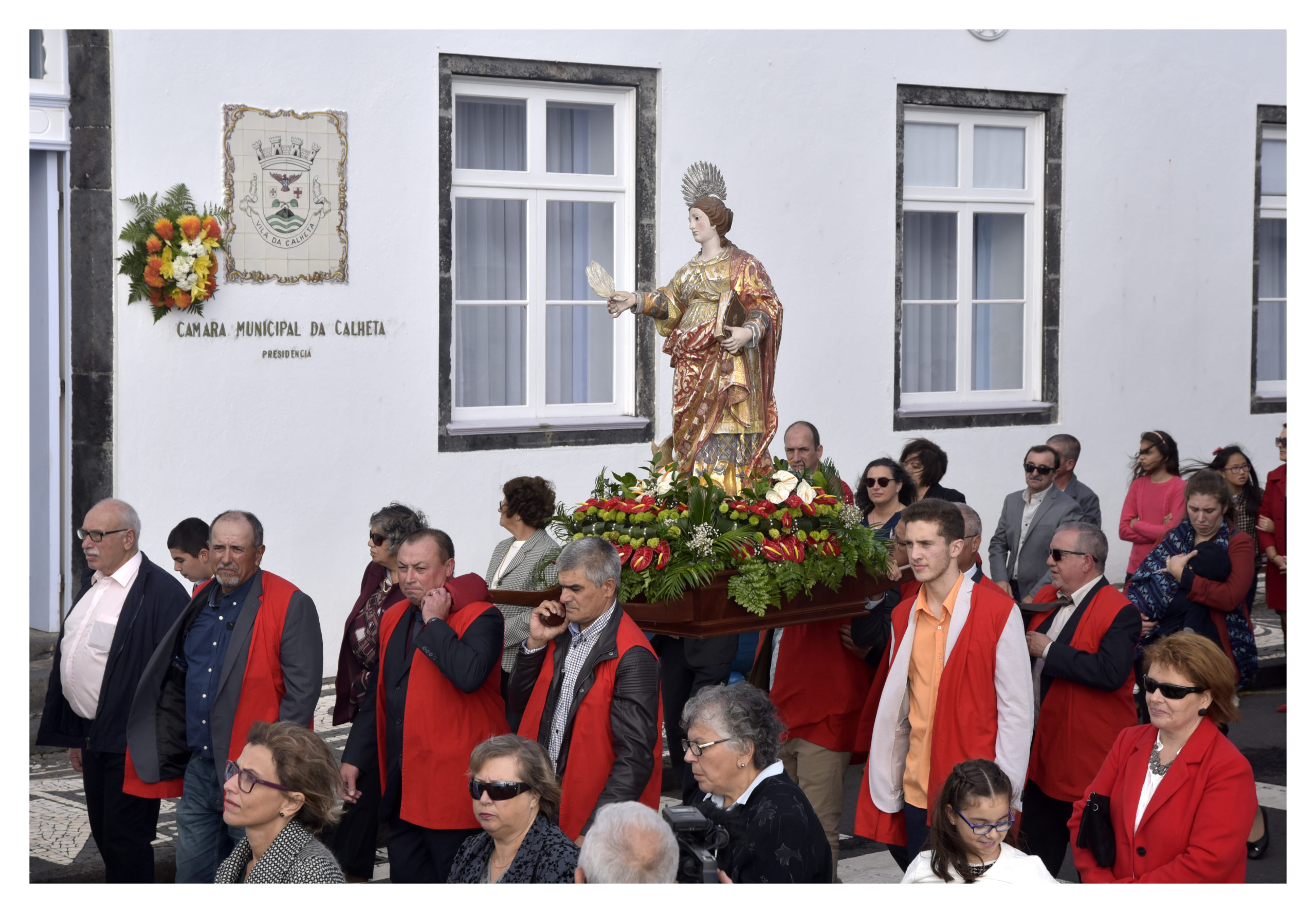
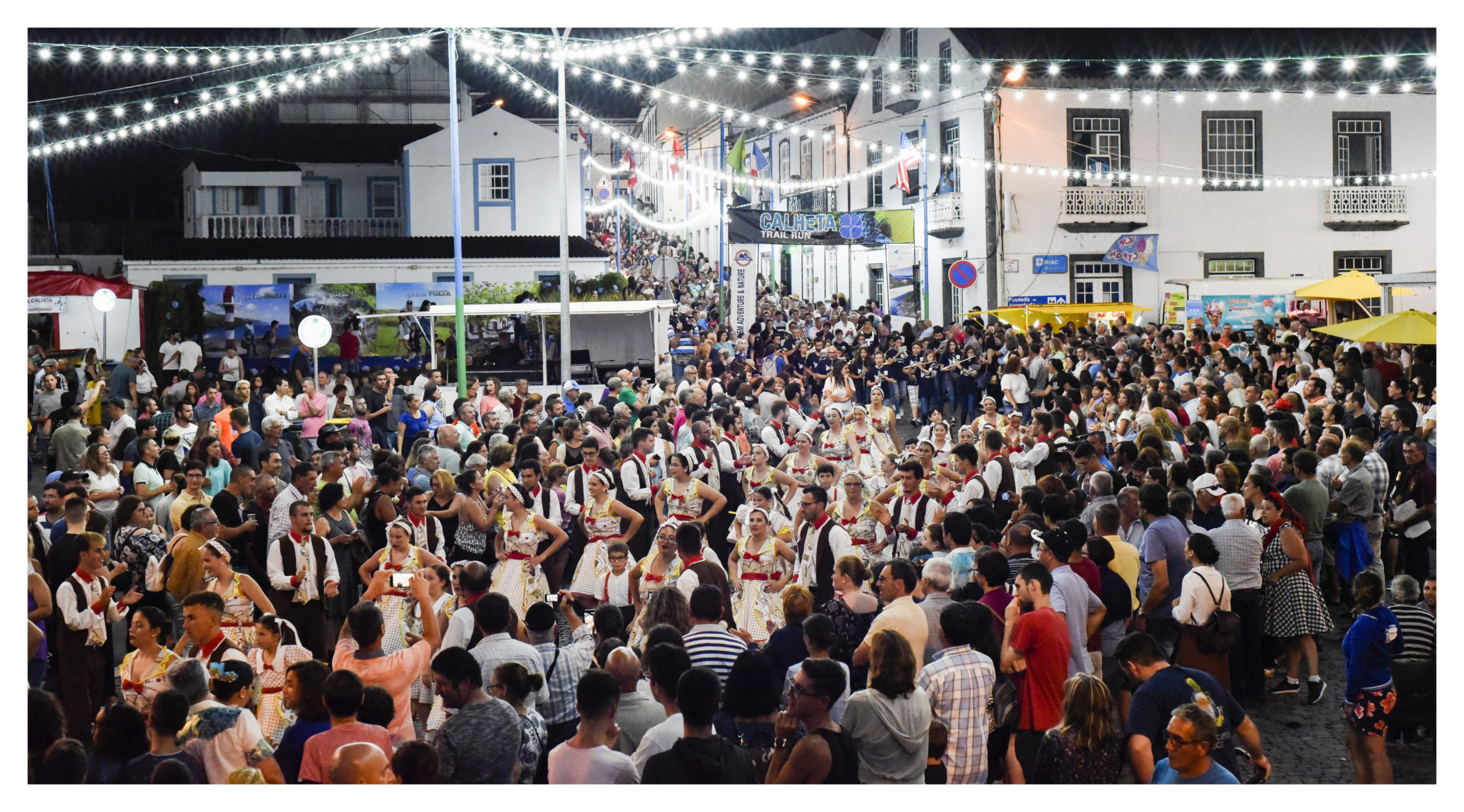
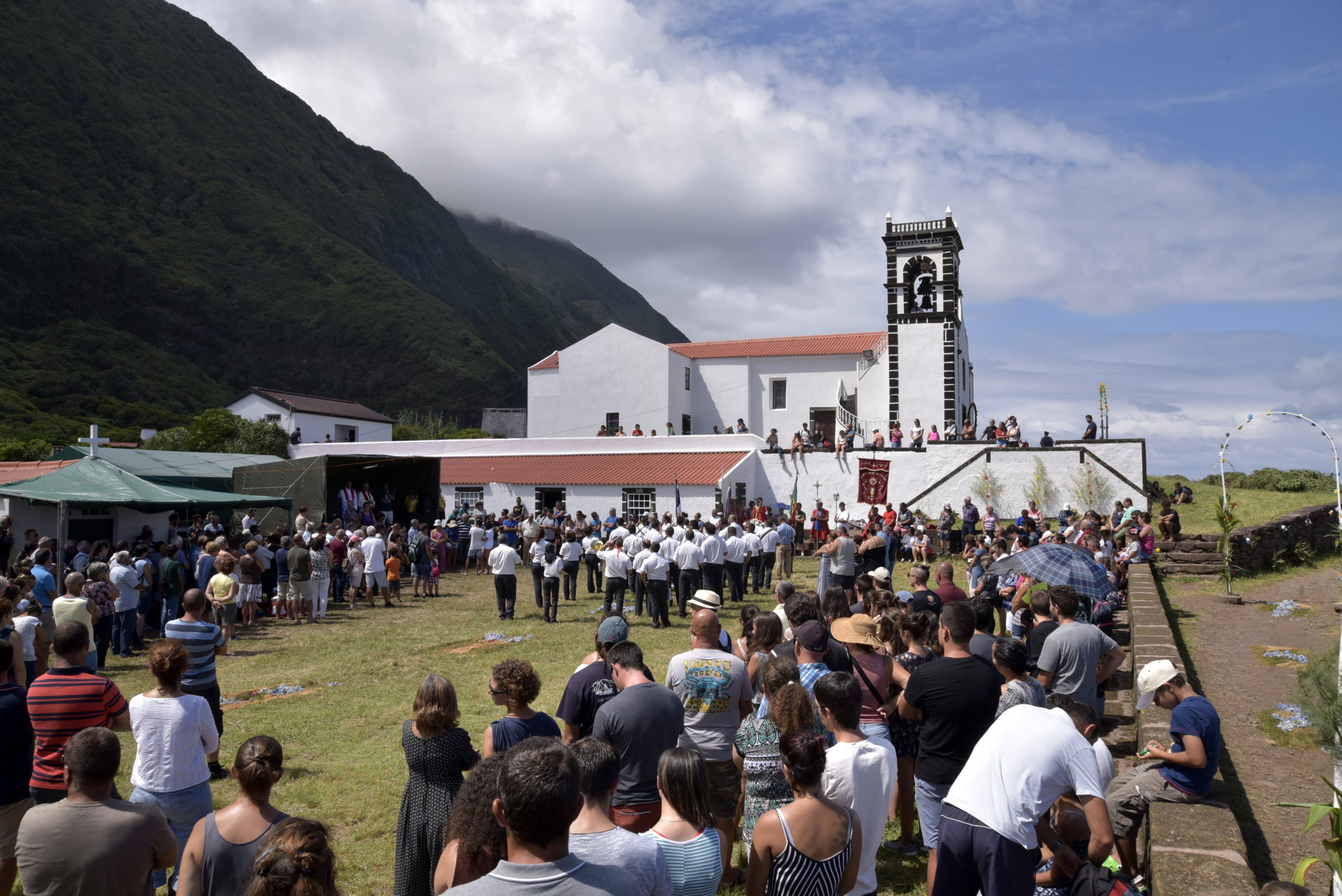
Cultural Heritage
It’s believed that the Portuguese navigators came upon São Jorge at the same time as the other islands that surround it. It started being populated around 1640, being the second island in the central group to be inhabited. A decade after that, several colonized settings where created on the western and southern shores, including Velas.
Its built up area started being constructed in arrangement with the surrounding scenery. One finds several picturesque harbors that serve as entry ways to homes and old churches, all with many tales to tell. The religious architecture has its best example in the Santa Barbara church, classified as a Portuguese National Monument.
The “fajãs” are the main ex-libris of the Island and, since 2016, have been included in the restricted list of UNESCO World Biosphere Reserves. The customs associated with the fajãs, unique in the Azores, have been consolidated over the years, resulting in a cultural specificity that remains to this day.
The high needle point quilts are the highlight of the islands’ handicraft industry, and are still being woven in wooden looms at the Fajã of Vimes.
The month of April sees the celebration of the São Jorge festivities in Velas, with processions, expositions and musical performances. During the month of May, as in the other islands of the Azores, the ‘Festas do Espírito Santo’ (The Festival of the Holy Spirit) are the major celebration, with several pilgrimages to the ‘fajãs’ that end in popular street parties, animated by traditional music.
July is the time for the major island party: the Velas Cultural Week and the July Festival at Calheta provide a full cultural program, with expositions, talks, ethnographic parades, popular music and nighttime entertainment. Many are the visitors from other islands that take the opportunity of these festivities to head to São Jorge.
To find out a little more about the island’s history, one can visit the Religious Art Museum (Museu de Arte Sacra) located at Velas, or the Francisco Lacerda Museum, at Calheta.
To explore the museums and museums in the Region: http://www.redemuseuscolecoesvisitaveisacores.pt


